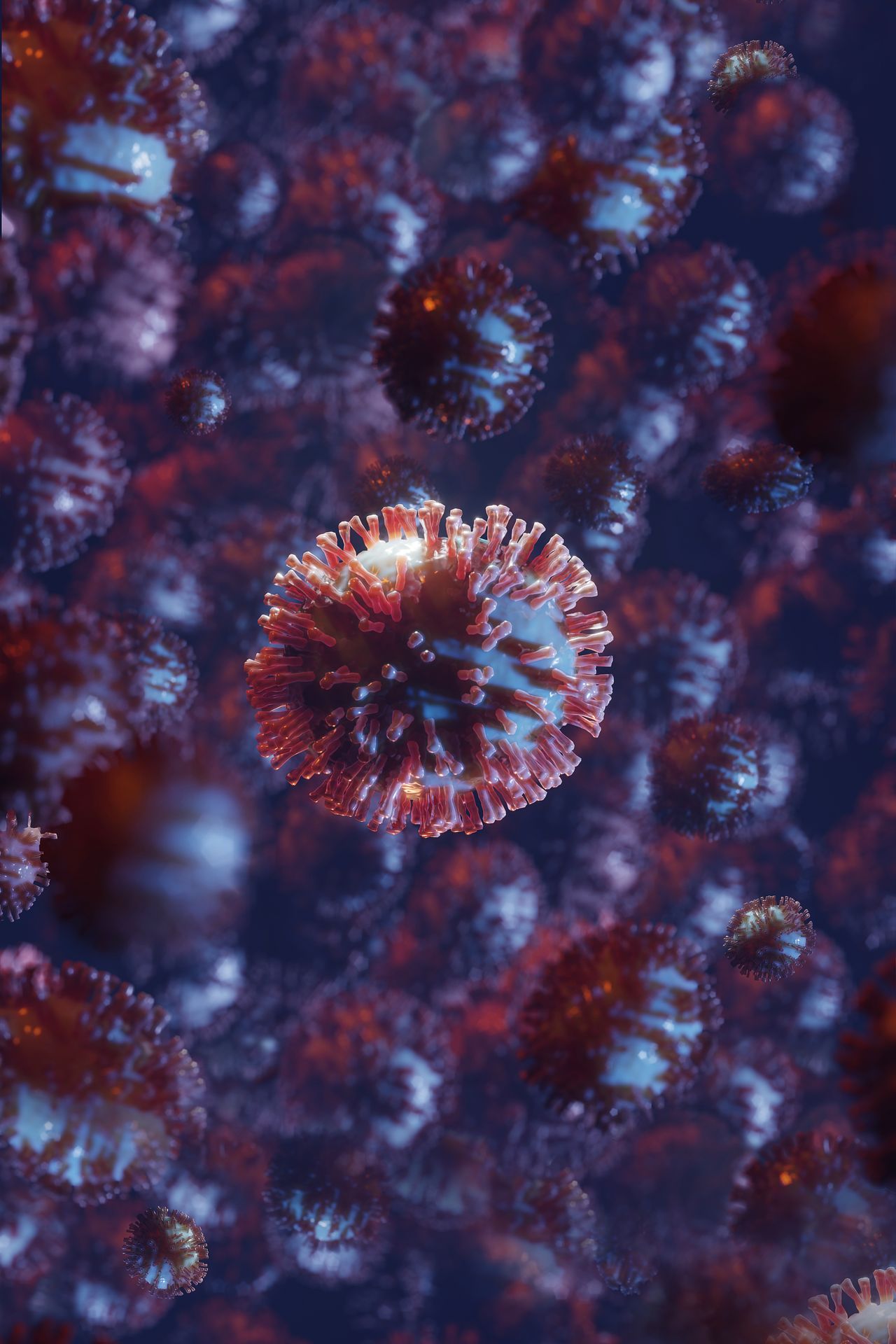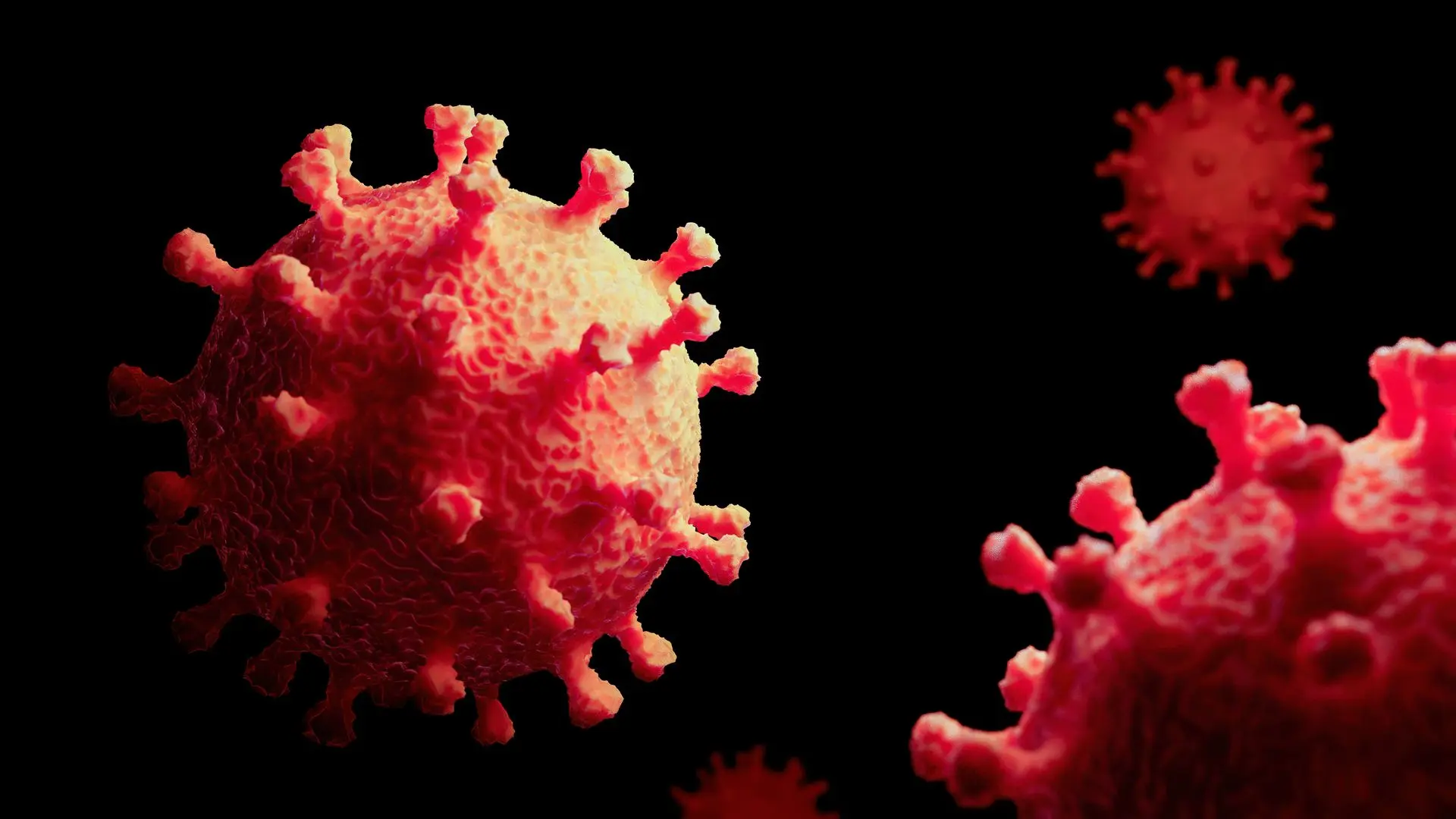Taxonomic Classification
The Guttaviridae family comprises viruses that infect archaea as their natural hosts. This family currently includes the genus Betaguttavirus, represented by a single species:Betaguttavirus: Aeropyrum pernix ovoid virus 1.The previously recognized Alphaguttavirus genus, which included Sulfolobus newzealandicus droplet-shaped virus, was removed in the International Committee on Taxonomy of Viruses (ICTV) classification version 2021.



Structural Characteristics
Viruses within the Guttaviridae family possess unique structural and genomic features:
- Virion Morphology:
Enveloped, droplet-shaped virions with dimensions ranging from 70–95 nm in diameter and 110–185 nm in length.
The virion surface exhibits a distinct beehive-like ribbed pattern with protrusions.
The pointed end of the virion is adorned with a "beard" of long, densely packed fibers.
- Genomic Properties:
The genome is a circular double-stranded DNA molecule approximately 20 kilobases (kb) in size.
It is characterized by extensive methylation, a feature that may contribute to viral stability and immune evasion.
- Composition:
Virions comprise a coat, core, nucleocapsid, and fibrous projections, forming a complex structure optimized for host interaction.
Life Cycle and Transcription
The replication cycle of Guttaviridae involves:
- DNA-templated transcription: This mechanism is employed for gene expression.
- Host Interaction: Archaea serve as the natural hosts, suggesting adaptation to extreme environmental niches where archaea are prevalent.
